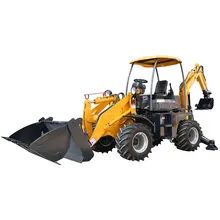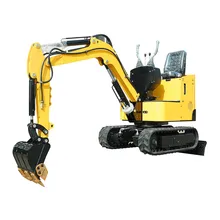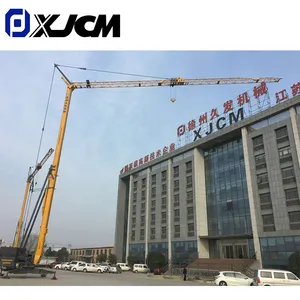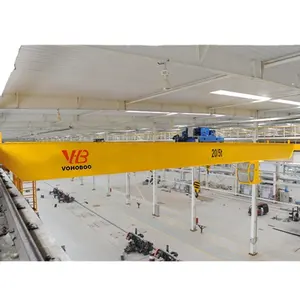Understanding Bridge Cranes
Bridge cranes, a vital category within material handling equipment, serve as a cornerstone in industrial lifting operations. These cranes, characterized by their bridge-like configuration, span across varying widths and are essential for tasks requiring precise overhead lifting and movement of materials.
Types of Bridge Cranes
The diversity of bridge cranes is evident in their various forms, including gantry, jib, and monorail designs. Each type caters to specific operational needs. Gantry cranes are recognized for their mobility and strength, often utilized in outdoor environments for tasks such as shipping yard cargo handling. Jib cranes, with their L-shaped design, offer versatile floor mounting options and are commonly employed for localized lifting tasks within confined spaces. Monorail cranes stand out with their streamlined path, ideal for linear material transfer in production lines.
Applications and Features
The application of bridge cranes spans across numerous industries, from automotive assembly to metal fabrication. Their design allows for efficient lifting and positioning of heavy loads, with features such as electric chain hoists and customizable tracks that accommodate various operational layouts. The adaptability of monorail systems to include bends and curves facilitates integration into complex manufacturing processes.
Material and Construction
The construction of bridge cranes involves robust materials capable of withstanding heavy industrial demands. High-grade steel components ensure durability and longevity, while advanced engineering designs contribute to the cranes' load-bearing capabilities and operational efficiency.
Advantages of Utilizing Bridge Cranes
Employing bridge cranes in material handling operations offers numerous advantages, such as enhanced safety due to controlled and precise load movement, and improved workflow from their ability to navigate obstacles and maximize vertical space. Additionally, the longevity and customizable nature of these cranes make them a valuable asset in various industrial settings.
Considerations for Procurement
When considering the acquisition of a bridge crane, factors such as the availability of spare parts and the operational history of the equipment are crucial. Prospective buyers should assess the total operating hours of the equipment to gauge its remaining service life. The ease of obtaining spare parts is also a significant consideration, ensuring that maintenance and repairs can be conducted without excessive downtime.
For those in search of a comprehensive selection of bridge cranes, Alibaba.com offers a platform where a multitude of suppliers present a variety of options to meet diverse industrial needs. With a user-friendly interface, the site facilitates the exploration and inquiry of suitable bridge crane solutions for businesses worldwide.




























 浙公网安备 33010002000092号
浙公网安备 33010002000092号 浙B2-20120091-4
浙B2-20120091-4